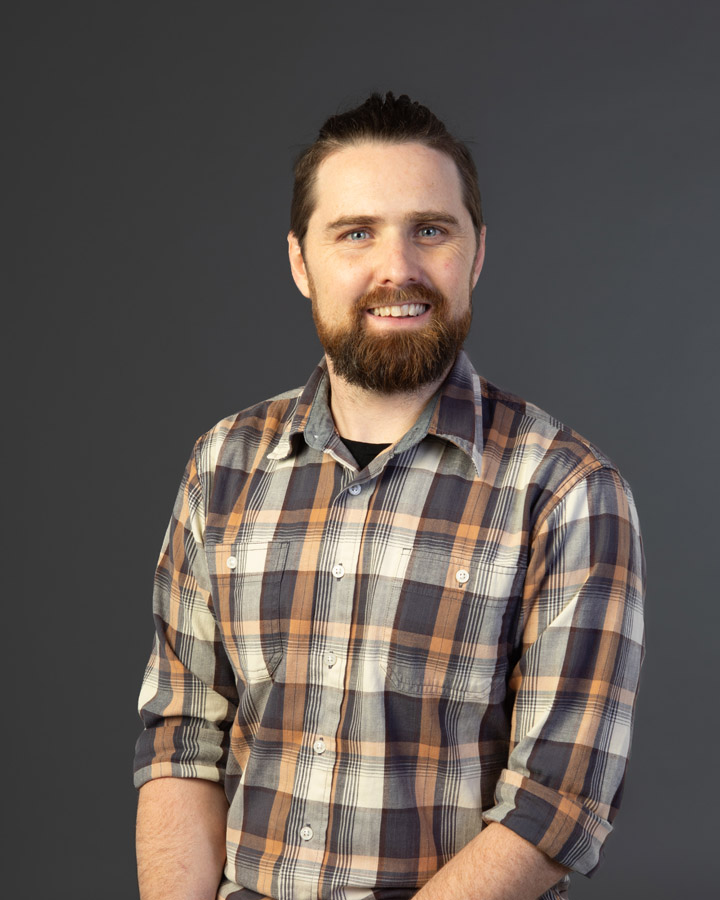Snow avalanches pose a hazard in alpine and mountainous environments to people around the world. Despite advances in avalanche science and forecasting, there remains a pressing need to improve our ability to detect, characterise, and forecast avalanche activity and to provide timely and actionable information to avalanche forecasters and outdoor users.
This project has two parts. The successful candidate can focus on one part or contribute to research efforts in both.
Detecting and characterising avalanches using geophysics:
Avalanches are predominantly monitored with visual observations, either from in-person observers or using cameras, but are limited by weather conditions, daylight hours, and restricted in spatial and temporal coverage. Radar systems are effective but expensive and also limited to a single slide path. Geophysical monitoring, using seismic and infrasound (low frequency acoustic waves in the atmosphere) signals has the potential to continuously detect avalanche activity independent of weather conditions, at all hours of the day, at low cost, and with extensive spatial coverage, as demonstrated by recent work.
Geophysical monitoring can be used to detect mass movements (e.g., something happened), but it is challenging to determine flow properties (e.g., what exactly happened? Was it an avalanche or rock fall? How large was the event?). Hence, in order for geophysical monitoring to become a reliable tool for avalanche hazard management, there is a need for further work to better understand how the geophysical observables can be used to constrain the physical avalanche properties. While useful for avalanches, lessons learned from this work will aid in monitoring of other hazardous mass movements such as pyroclastic flows and lahars.
This project will predominantly involve collecting data with geophysical sensors (seismic and acoustic) and cameras. There will be fieldwork in New Zealand with potential for international fieldwork. There is also the potential to model seismic and acoustic signals from avalanches using computational models.
Forecasting avalanche risk:
The risk of avalanche activity is typically forecast based on meteorological data and snow-pack observations, coupled with visual observations of avalanche activity, either from forecasters or self-reported by outdoor users. Avalanche forecasters are responsible for synthesising massive amounts of data, including current and past snowpack and weather conditions, along with their own expertise and prior experience to produce avalanche forecasts. Recent work has trained supervised machine learning algorithms to forecast volcanic activity and wildfire risk. Applying these types of quantitative forecasting methods for avalanches would complement existing manual forecasting approaches, helping to produce consistency between different forecasters, and has the potential to improve accuracy, which would help to keep people safer in the mountains.
This project will involve developing machine learning models to forecast avalanche activity from snowpack and weather observations.
The ideal candidate will start before 1 Jan 2026.
Supervisors
Supervisor: Leighton Watson
Key qualifications and skills
The successful candidate must have an Honours or Masters (with a research component) in geology, geophysics, data science, mathematics or related discipline. Programming experience is essential. Field experience is an advantage but not required (especially if you want to focus on the machine learning project).
The scholarship is open to both domestic and international students.
Does the project come with funding
Yes: Stipend of $35,000 NZD plus fees for three years
How to apply
Interested candidates should apply via email with the subject line “Snow Avalanche PhD Application” to Dr Leighton Watson leighton.watson@canterbury.ac.nz. Applications should include:
1. Curriculum vitae.
2. Academic transcript(s) (with a translation to English if required).
3. A cover letter outlining your motivation, experience, interest in this topic and which parts of the projects you are interested in.
4. Contact details for two references.
5. A writing sample. This could be a journal publication, report from a class project, blog post etc.
6. A max one-page discussion of your plans post-PhD. How does completing a PhD advance your career objectives?
Applications will be reviewed as they are received. The successful candidate will start by 1 July 2026.
Final date for receiving applications
Ongoing, with project start date of 1 July 2026.
Keywords
Avalanches, geophysics, machine learning, forecasting


